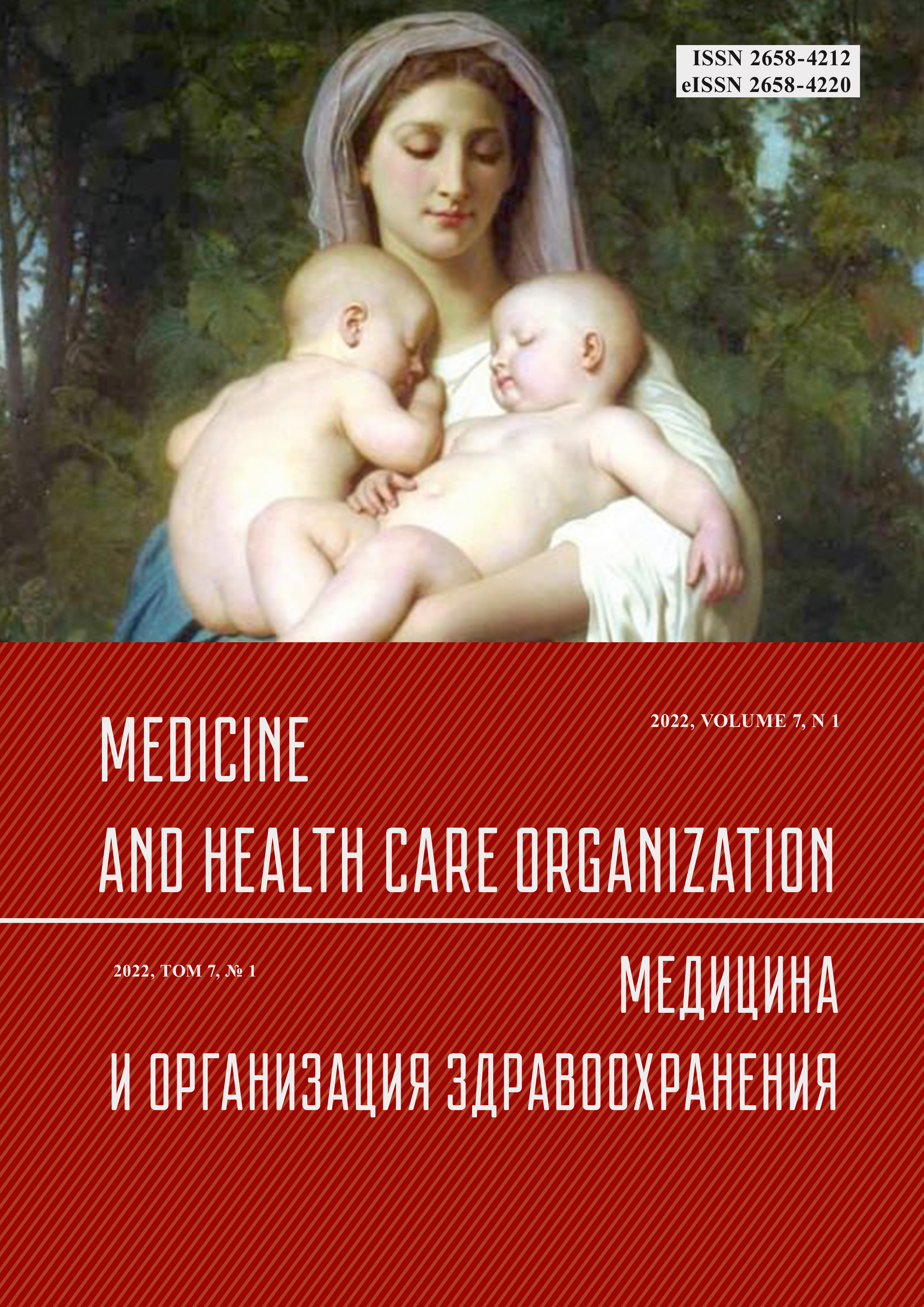HUMAN RESOURCES AS AN IMPORTANT COMPONENT OF ACCESSIBILITY OF PRIMARY MEDICAL CARE FOR A BIG CITY POPULATION
Abstract
Primary medical care has been and remains the main driver in healthcare optimization, not only in the Russian Federation, but also around the world. The health protection of citizens, the preservation of labour force, as well as the availability and quality of medical care are directly dependent on the level of the provided primary medical care. Based on the analysis of the report forms of Saint-Petersburg medical organizations for more than a decade, the article presents the indicators dynamics of the adult population in Saint Petersburg being provided by district and family doctors as well as the district and family doctors staffing. Also, this article presents the dynamics of outpatient and home visits during 2006-2020. Despite the increase in staffing of full -time positions of district doctors by persons up to 80 %, there is a decrease in staffing levels of primary care doctors with regard to occupied positions. Thus, the staff of district doctors in 2020 was staffed by 89.6 %. A similar tendency is observed among family doctors. This indicator has decreased over the past decade from 97.8 to 82.7 %. Thereby, the number of outpatient visits increased to district doctors by 1.4 times and to family doctors by 1.9 times. The number of home visits to patients further increased during the study period. In the period from 2006 to 2020 this indicator increased 2.4 times for district doctors and 4.7 times for family doctors. The identified issues cannot positively affect the levels of availability and quality of primary medical care and disease prevention provided to the population, as well as the preservation of the labour potential of citizens.



